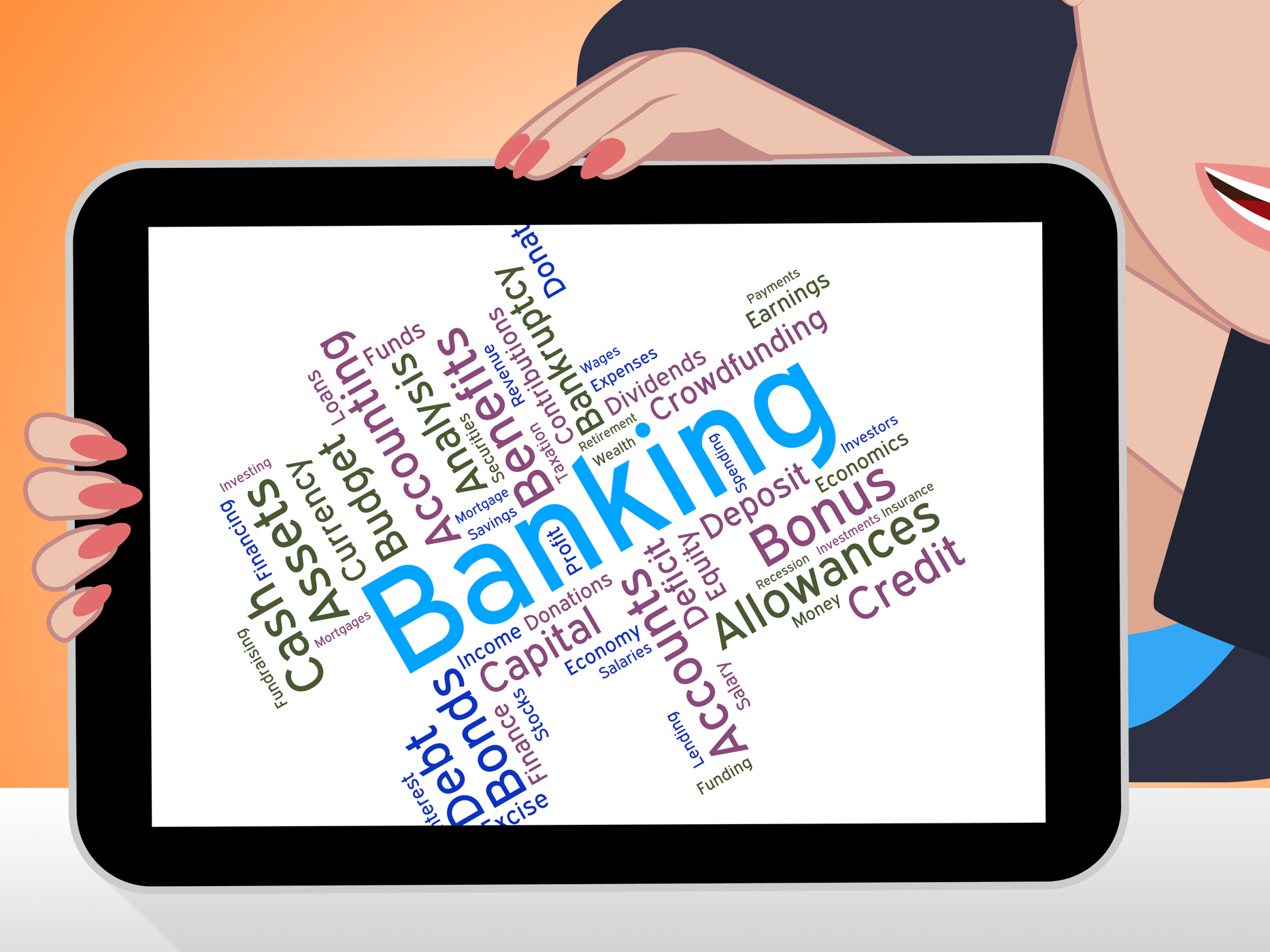The global shift towards sustainability has transformed financial markets, making Green BondsPaving a pivotal tool for driving environmentally sustainable projects. This article explores the rise of green bonds, their benefits, challenges, and their role in fostering a sustainable future.1. Introduction to Green Bonds
Green bonds are fixed-income instruments specifically designed to fund projects that benefit the environment and promote sustainability. Governments, corporations, and financial institutions issue these bonds to fund renewable energy projects, water conservation, pollution control, and other green initiatives.
Focus Keyword: Green Bonds, Sustainable Finance
2. The Evolution of Green Bonds
The green bond market emerged in 2007 with the European Investment Bank’s issuance of the first Green BondsPaving. Since then, the market has grown exponentially, reaching an estimated $500 billion in annual issuance globally by 2023. This growth highlights investors’ increasing preference for sustainable finance instruments over traditional investments.
3. Benefits of Green Bonds
3.1. Environmental Impact
Green bonds enable large-scale financing for projects like renewable energy, sustainable agriculture, and biodiversity conservation. These efforts contribute to combating climate change and environmental degradation.
3.2. Financial Returns
Green bonds often offer competitive returns, attracting both institutional and retail investors. They provide a dual benefit: profitability and environmental stewardship.
3.3. Market Reputation
Organizations that issue demonstrate their commitment to sustainability, enhancing their market reputation and investor confidence.
4. Challenges in Green Bond Financing
4.1. Lack of Standardization
Global green bond standards are still evolving, leading to concerns about “greenwashing” where funds are used for non-green purposes.
4.2. Verification Costs
Issuers often incur high costs to verify that bond proceeds are used for eligible green projects, which may deter smaller entities.
4.3. Limited Awareness
Despite their growth, many investors remain unaware of the benefits and opportunities presented by green bonds, slowing adoption.

5. Comparative Analysis: Green Bonds vs. Traditional Bonds
| Feature | Green Bonds | Traditional Bonds |
|---|---|---|
| Purpose | Fund environmentally sustainable projects | Finance general corporate or government needs |
| Investor Appeal | Sustainability-focused investors | Broader investor base |
| Reporting Requirements | Higher, with detailed impact assessments | Standard financial reporting only |
| Market Growth | Rapidly increasing | Stable but slower growth |
6. The Role of Green Bonds in Achieving Sustainability Goals
Green bonds are critical to achieving global sustainability targets, such as the Paris Agreement and the UN Sustainable Development Goals (SDGs). They align financial flows with climate priorities, providing necessary capital for renewable energy, efficient buildings, and low-carbon transportation.
7. Case Studies: Successful Green Bond Projects
7.1. France’s Sovereign Green Bond
France issued its first sovereign green bond in 2017, raising €7 billion to fund projects like renewable energy and sustainable forestry.
7.2. Apple Inc.’s Green Bond Initiative
Apple has issued several green bonds since 2016, funding initiatives like energy-efficient product development and low-carbon building designs.
8. Future Outlook of Green Bonds
The future of looks promising, driven by increasing regulatory support and investor demand. Innovations like sustainability-linked bonds and green sukuks are expanding the market, making sustainable finance accessible to diverse stakeholders.
Analysis Table: Growth and Challenges of Green Bonds
| Aspect | Growth Drivers | Challenges |
|---|---|---|
| Market Size | Increasing investor demand for sustainability | High verification and compliance costs |
| Regulatory Support | Governments promoting green finance | Lack of global standardization |
| Innovation | Introduction of green sukuks and linked bonds | Limited investor awareness |
Comparative Table: Green Bonds Over the Years
| Year | Global Green Bond Issuance ($ Billion) | Key Milestone |
|---|---|---|
| 2007 | 0.8 | First green bond issued by EIB |
| 2015 | 42 | Paris Agreement boosts interest |
| 2020 | 270 | Surge due to pandemic recovery packages |
| 2023 | 500 | Record issuance reflecting market maturity |
9. Conclusion
Green bonds symbolize the synergy between finance and sustainability, offering a powerful tool for Green BondsPaving climate change while delivering financial returns. As the world moves toward a greener economy, the role of green bonds will become even more crucial in shaping a sustainable future.
10. Encouraging Private Sector Participation
Private sector involvement is crucial for scaling up the green bond market. Corporations are increasingly adopting to finance Green BondsPaving like energy-efficient operations, waste reduction, and sustainable supply chains. By issuing green bonds, companies can tap into a growing pool of environmentally conscious investors while enhancing their brand’s credibility and market position.
11. Technological Advancements Supporting Green Bonds
Technology is playing a vital role in the growth of the green bond market. Blockchain and artificial intelligence (AI) are being leveraged to enhance transparency and efficiency in green bond reporting. Blockchain ensures traceability and prevents greenwashing, while AI helps in assessing the environmental impact of projects funded by , providing accurate and reliable insights.
12. Regional Trends in Green Bonds
The adoption of green bonds varies across regions, with Europe leading the way. Asia-Pacific is witnessing rapid growth, driven by China’s commitment to sustainability and Japan’s green transition initiatives. Meanwhile, North America is seeing increased green bond issuance from municipalities and corporations aiming to reduce carbon footprints. These regional trends highlight the global appeal and adaptability of green bonds.
13. Policy Measures to Boost Green Bonds
Governments and financial regulators worldwide are introducing policies to encourage green bond issuance. Tax incentives, subsidies for green projects, and mandatory sustainability reporting are some measures being implemented. For instance, the European Union’s Green Bond Standard aims to create a unified framework, ensuring transparency and fostering investor trust.
14. Educating Investors and Stakeholders
Education and awareness are key to the continued success of green bonds. Many potential investors remain unaware of their benefits or wary of their impact. Educational campaigns, workshops, and easy-to-understand guidelines can help stakeholders better understand potential, Green BondsPaving greater participation and fostering long-term market growth










